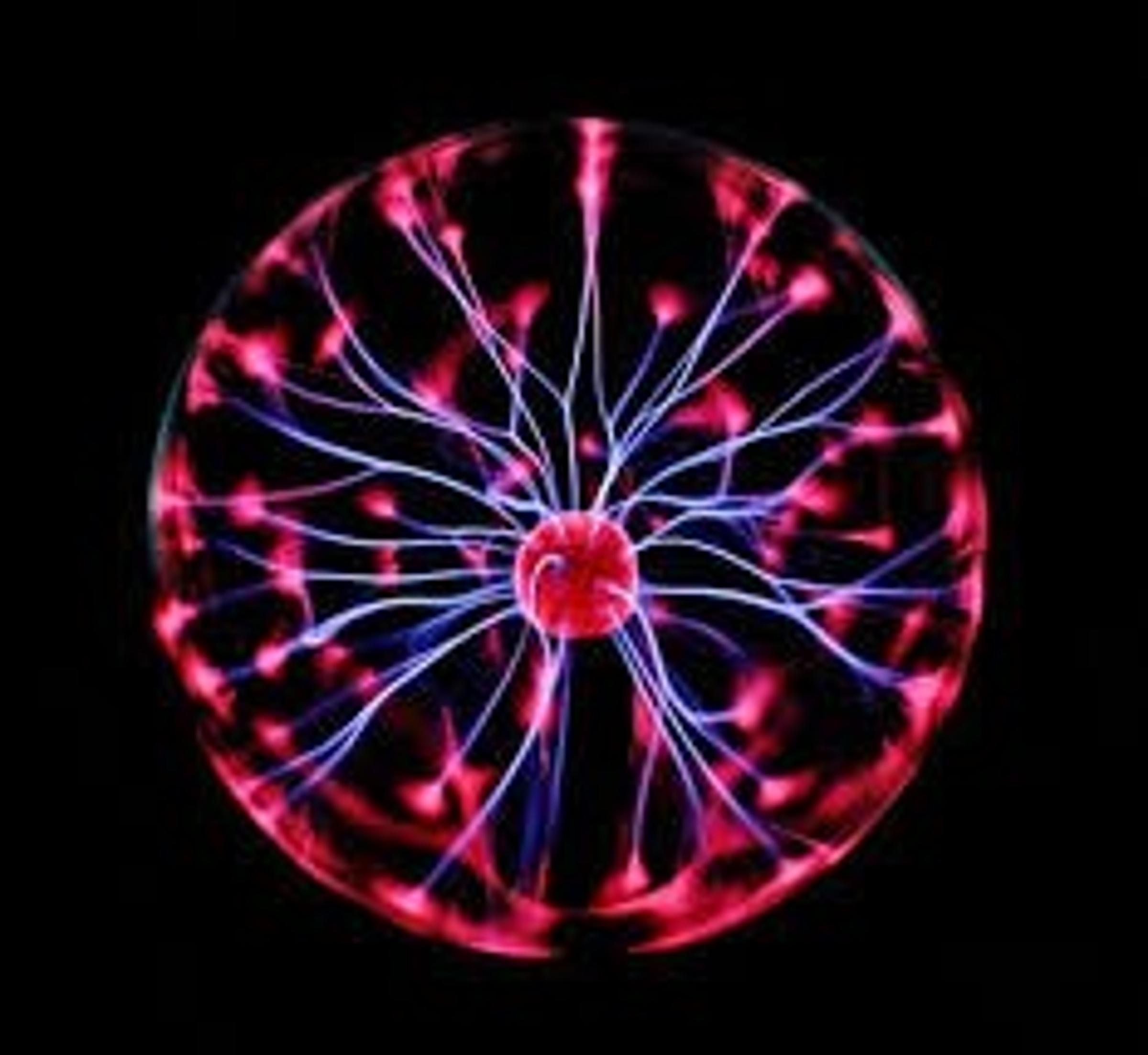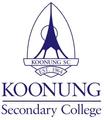Science

Science @KSC 2020
Science at Koonung, and indeed at all schools has looked very different this year, but some things haven’t changed – Science Competitions!
Earlier the year many of our students elected to participate in the Big Science Competition and the annual Science Talent Search. Although these competitions were run differently due to remote learning, students were still challenged and encouraged to put their critical thinking skills to the test.
The Big Science Competition
Earlier this year, during remote learning, some Middle School students chose to participate in the Big Science Competition which is run by Australian Science Innovators. This is an international competition that challenges critical thinking and problem solving skills. The questions are drawn from all branches of science, are set in real life context and aligned with the Australian Curriculum.
We would like to congratulate all the students who took part in the competition this year and acknowledge the following students who received an award.
YEAR 9
High Distinction
Distinction
Credit
| YEAR 8
High Distinction
Distinction
Credit
| YEAR 7
High Distinction
Distinction
Credit
|
Science Talent Search
Eleven SEE@K students from years 8 and 9 had entries submitted to the annual Science Talent Search which is run by the Science Teacher’s Association of Victoria. Students use the Australian Science Week theme to develop their entries. This year’s theme was “Deep Blue: innovations for the future of our oceans”. Students can choose to present their work in a variety of ways ranging from laboratory reports and creative writing to making a board game or a video. Congratulations to all the students whose entries were chosen to be submitted:
Year 8
Distinction
Merit
| Year 9
Bursary
Distinction
Merit
Acknowledgement
|
Victorian Enrichment and Challenge Workshop – GTAC Medical robotics and gadget design
At the end of Term 3, we were lucky to be offered placement for a small group of SEE@K students to participate in the GTAC Medical Robotics and Gadget Design Workshop. The following paragraphs written by the students best describes their experience:
I enjoyed attending the GTAC workshop. This workshop was run by the Gene Technology Access Centre. It started in term 4 and has gone on throughout the term. We had a meeting every Monday afternoon instead of our usual science. Before the workshop began we had to fill out an empathy sheet. This helped us understand what it was like to be an amputee. This was important to help us create a new type of prosthetic limb. Throughout the workshop we learnt all about prosthetic arms and human arms. This helped me understand how hard it is to make a prosthetic limb. We had to use a base structure of a prosthetic limb and fix an issue that made the prosthetic limb bad. It was interesting how everyone had very different ideas based on what the issue was that they wanted to fix. After we had found the issue and discovered a way to fix it we looked into a living organism for inspiration to fix it. Once we had found an organism we put it together and made an arm that didn't have an issue that it had before. Overall this was a great experience and I learnt a lot.
Levi Henson 7D
I recently took part in a GTAC (Gene Technology Science Centre) science workshop. This started in the first week of term 4, and was very enjoyable. The sessions were in the last three sessions of school every Monday and before we attended our first session we had to do a couple of things in preparation. We were asked to fill out an empathy sheet, which forced us to think about how it would feel to only have one arm. This led us into the main part of the workshop, which was building and designing a cardboard robotic arm. We were given the materials and instructions to make the robotic arm and made it in our own time, which took from 30 minutes to an hour. This operated using two syringes as muscles to move the arm up and down. Next, we had the task to design a change we could make to make life easier for people with a robotic arm. This was the final task of the workshop and we finished our last session on the 16th of November.
Elijah Henson 7D
I found the GTAC workshop interesting but challenging at the same time. I enjoyed the process of designing my robotic arm and the feeling of accomplishment after completing the design. I also liked how we were able to learn and apply our knowledge to build a prosthetic arm prototype and put that understanding towards creating our design. Overall, I think that I have learnt a lot from the programme and I hope to design more things using biomimicry.
Erin Brockbank 7D
Over the course of five weeks & four sessions, six students from grades 7 & 8 attended the GTAC medical robotics program. We got to connect with other schools & learn about today’s prostheses & how they are developed & designed. We learned about the design process, and how to utilise it in hypothetical situations. In addition, we also learnt to solve problems by using problem statements. Overall, I really enjoyed this program; it gave me a unique opportunity to learn about today’s technology from experts, and taught me how to better my innovation skills, techniques & strategies. For example, the use of biomimicry; a prosthetic arm could be hollow, adapted from bird bones. I definitely do not regret attending this program, for I learnt many useful skills while still having fun & being engaged.
Shannon Yap 8D
The GTAC program was a wonderful opportunity that allowed me to expand my knowledge on how prosthetic arms are created. In the program, I learned about the bones and muscles in the arm and shoulder and was able to make a cardboard prosthetic arm model. We developed ways on how to design a prosthetic arm, and how to customize it to a specific person. Overall I highly recommend the program to anyone who has an interest in medical robotics.
Jessica Downie 8D
Reflecting on the GTAC Medical Robotics lesson, I found it extremely enjoyable learning about the functionality of the limbs especially when doing the practical in which a basic robotic arm modal was made. Furthermore, the exercises given for the students to do allowed pupils to interact with different schools presenting an insight of how others think. These exercises not only allowed different schools to interact but also allows students to actually think outside the box and properly consider the patient they are attempting to treat as well as look for existing inspirations in nature. Concerning the instructors guiding the course, they are extremely friendly with a lot of patience, they are also able to give and take encouraging feedback. Ultimately, the experience was exciting and had lots to remember.
Keanen Thai 8D
Helen Caine
Science Domain Manager
